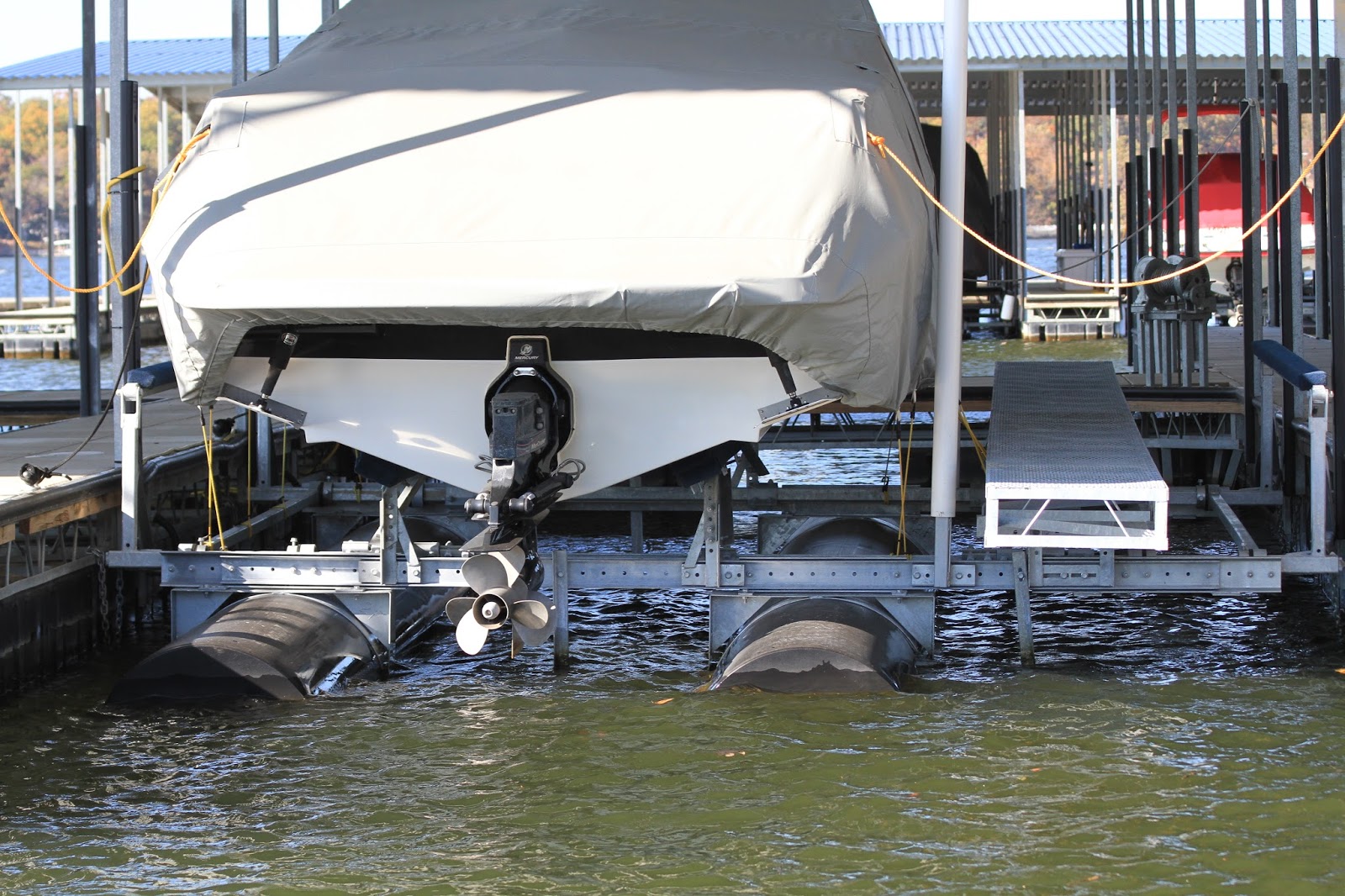As the weather begins to cool and green foliage gives way to rich oranges, yellows, and reds, it becomes time to think about shutting your boat down for the year. And this can only mean one thing: It’s time to winterize!
The Importance of Proper Winterization
Winterizing the boat is the process of preparing it for cold weather (to prevent damage, promote longevity, and increase the speed at which you’re able to prepare your boat for the water come springtime). It’s something that you need to take seriously.
“Winterizing is more than just sloshing in some fuel stabilizer, draining the engine, and adding antifreeze. Consider it to be a methodical process that runs from bow to transom,” Popular Mechanics explains. “Because boats and engines differ, start by checking the winterizing/storage sections of your owner’s manual.”
If you can’t find any specific information pertaining to winterization in your owner’s manual, you can follow general recommended tips and tricks. Most of these suggestions will be safe regardless of the type of boat you own.
5 Boat Winterization Tips
If you’re looking for some tips on how to winterize your boat in the most efficient and cost-effective way, we’ve got your back. Consider the following tips:
1. Fog Your Engine
Fogging your engine might sound like a messy process, but it’s really just another way of saying “cleaning” your engine and preparing it for the winter.
“While the engine is running, apply lubricating oil to the engine cylinders and pistons. This is called ‘fogging’ and can be sprayed on carburetors, air intakes or through the fuel line. Be sure to change your engine oil after you’ve fogged the engine,” Wholesale Marine notes. “Lastly, pour biodegradable antifreeze through the cooling system to flush any water and to protect engine parts.”
This is one of the most important steps in the process of winterizing your boat.
2. Protect Your Boat’s Surfaces
Winter air can be tough on your boat’s hull and interior. It may be humid or dry and, in either case, can wreak havoc on your boat.
Boat cleaners come in a variety of types and mediums (including sprays and gels). Buy the correct product for each part of your boat (hull, vinyl interior, metal parts, etc.) and apply per the manufacturer’s instructions.
3. Flush and Drain
Freezing temperatures pose the biggest threat to your boat over the winter months. If not dealt with appropriately, sanitation systems, freshwater systems, air conditioners, water lines, and your boat’s engine could all be damaged.
As part of your winterization process, drain the water lines and freshwater tank and protect them with antifreeze. (Just a few ounces of antifreeze can go a long way towards preventing cracked lines and pipes.)
4. Remove Onboard Systems
Depending on where your boat is located, it might be in storage for six months or more. So it’s important that you grab anything you might need over the next few months (or that could be damaged from sitting out for an extended period of time).
“Before you leave your boat in storage, you also should go through and remove any valuables and electronics,” V-Dock suggests. “Electrical items tend to suffer in cold weather, even when disabled, so taking them home to a climate-controlled space can prevent problems the next season. You should also pack up your flares, fire extinguishers and flotation devices.”
As a general rule of thumb, anything that doesn’t need to be left out shouldn’t be left out. Store it in a safe, warm space and you’ll extend its life.
5. Prevent Mold and Mildew
During winter storage, humid, enclosed spaces can cause mold or mildew to propagate. This can lead to bad smells, discoloration, damage, and even respiratory illnesses in certain individuals. Prevent mold and mildew growth over the winter by properly drying, storing, and ventilating your boat.
Get a Head Start on Next Year
In addition to protecting your boat from premature wear and tear, a thorough winterization process will actually make it simpler to get your boat up and running when the warm weather returns next spring. So, as unappealing as it is to winterize your boat today, consider the fact that you’re making things easier on yourself down the road. Your future self will thank you!
